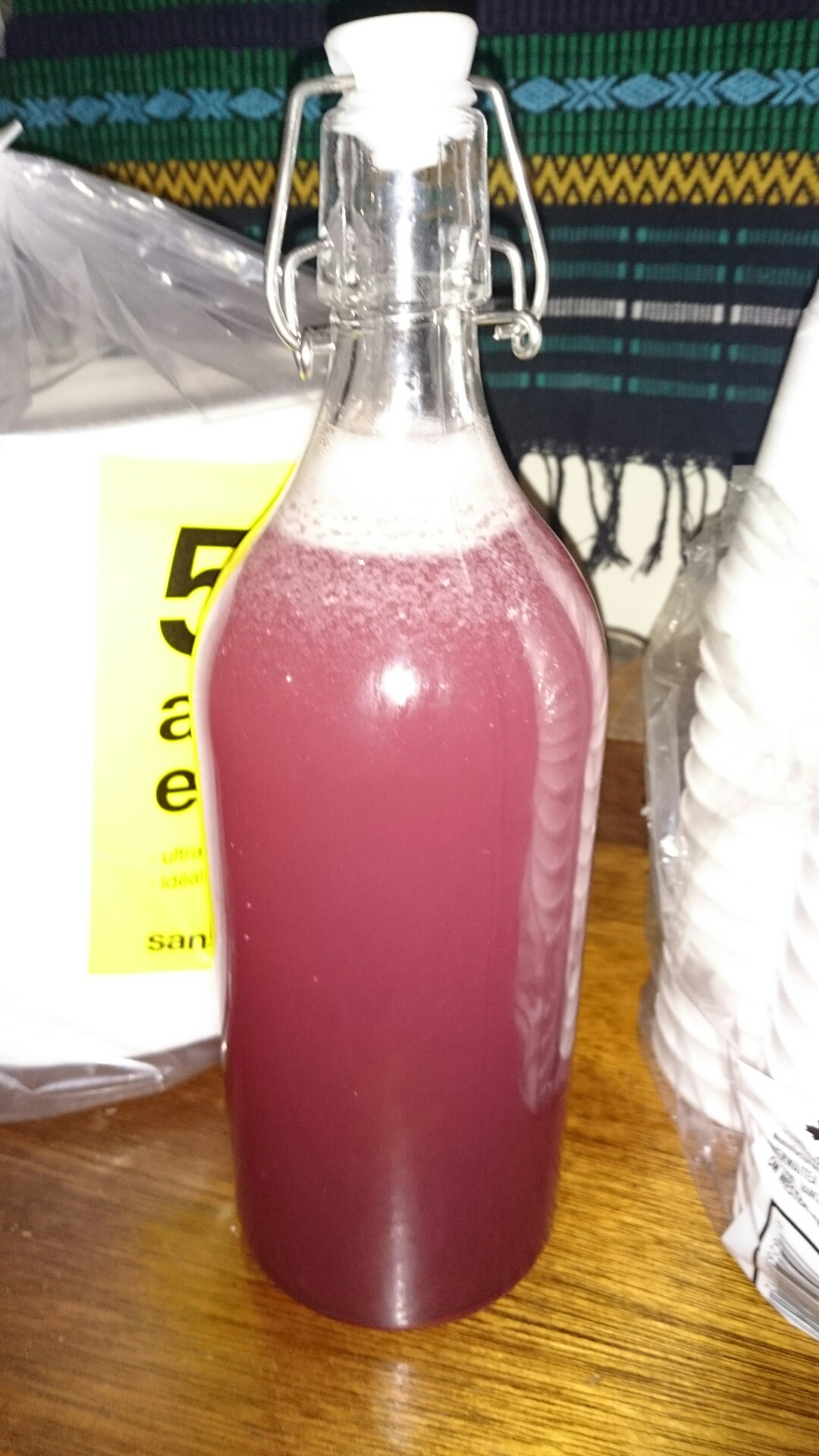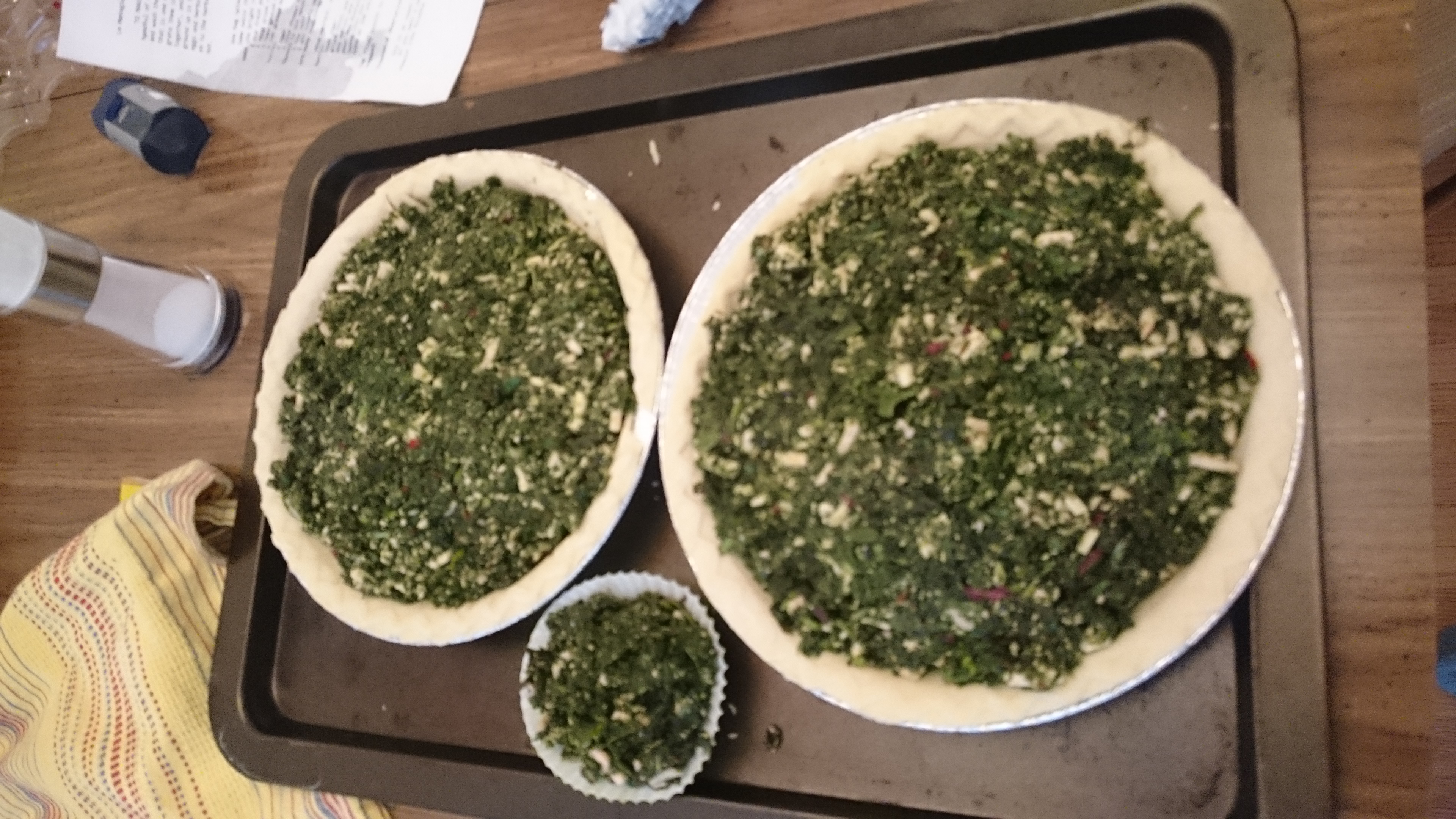A&S
Sauerkraut
41.
A friend of mine made some cheese the other week and had a great deal of whey left over. So I, being the crazy person I am, decided to make something with it. And so: Sauerkraut.

This post is a little less academic than some of the ones I’ve been doing because it was a spur of the moment project.
So for more background I’ll recommend you go take a look at Stefan’s Florilegium. What they have discussed there is that we have lots of references to Sauerkraut from the 16th century in Germany: Ein New Kochbook has some recipes that call for it and Baecker, Brot und Getreide in Augsburg references it being sold at the market; in addition Scappi mentions salted or brined cabbage being exported from Germany. Finally, as early as 1485 Kuchenmeysterey apparently mentions sauerkraut in passing.












